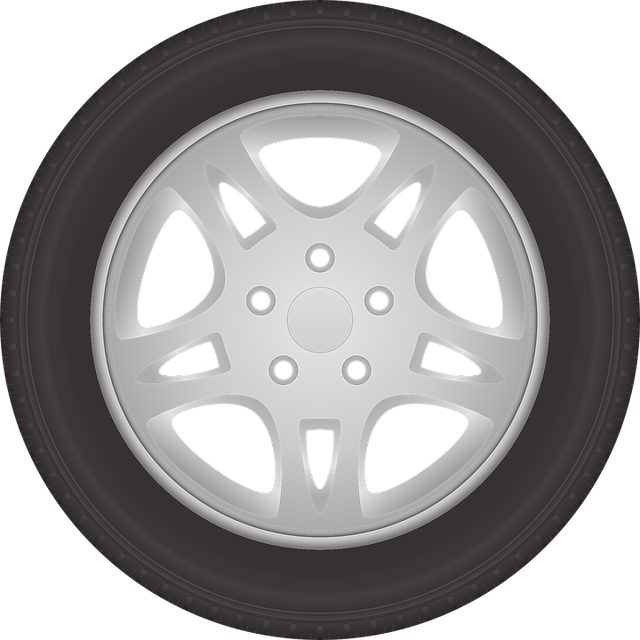Registering a car in California is a straightforward process, but understanding the requirements is key. This guide will walk you through every step, from gathering essential documents to completing DMV VIN verification. By choosing between online or in-person registration and paying relevant fees, you’ll soon have your vehicle registered and ready to hit the bustling California roads. Let’s dive into how to make this hassle-free experience.
- Understand California Car Registration Requirements
- Gather Necessary Documents for Registration
- Perform DMV Vehicle Identification Number (VIN) Verification
- Choose a Registration Method: Online or In-Person
- Pay Registration Fees and Receive Your Plate
Understand California Car Registration Requirements

Before registering your car in California, it’s crucial to understand the state’s specific requirements. The California Department of Motor Vehicles (DMV) mandates that all vehicles operated within the state be properly registered and inspected to ensure safety and roadworthiness. This process involves a detailed vin verification, where the unique Vehicle Identification Number (VIN) is cross-referenced against the DMV’s database to confirm the vehicle’s identity and history.
Among the key requirements is ensuring your car meets emission standards, which can often be verified through a mobile VIN verifier or inspection service. This step is designed to maintain clean air and protect public health. Additionally, you’ll need to provide proof of insurance, pay registration fees, and present necessary documentation like the vehicle’s title and any required forms, all while undergoing the mandatory DMV vin verification process.
Gather Necessary Documents for Registration

Before you start the registration process, ensure you have all the required documents ready. In California, the Department of Motor Vehicles (DMV) requires several key pieces of information for car registration. One crucial document is the Vehicle Identification Number (VIN) verification report. This can be obtained through a mobile vin inspection or by visiting a DMV office. The VIN is a unique identifier for your vehicle, and its accuracy is essential for proper registration.
Additionally, you’ll need to provide proof of insurance, a valid driver’s license, and the previous owner’s signature (if applicable). It’s recommended to double-check the list provided by the DMV to ensure you have every necessary document, as some items may vary based on your specific circumstances.
Perform DMV Vehicle Identification Number (VIN) Verification

Before registering your car in California, performing a DMV Vehicle Identification Number (VIN) verification is a crucial step. This process ensures that the vehicle’s details match the information on record, providing an extra layer of security and accuracy. You can complete this task through various methods, including a mobile vin inspection or vin inspection services that come to your location, making it convenient for busy individuals.
During the verification, the DMV will cross-check the VIN with their database to confirm the vehicle’s history, age, and any previous ownership changes. This step is essential as it helps detect potential issues like odometer rollback or stolen vehicles, ensuring you’re not involved in any fraudulent activities. By completing this requirement, you’ll be one step closer to legally registering your car in California.
Choose a Registration Method: Online or In-Person

When registering your car in California, you have two primary options for the registration process: online or in-person at a DMV (Department of Motor Vehicles) office. Each method has its advantages and might be more suitable depending on your preferences and circumstances. Choosing the right approach can make the registration process smoother and potentially save you time.
An increasingly popular option is to conduct the registration through an online platform, which typically involves submitting your vehicle information, including a DMV VIN verification, digitally. This method allows for convenience as it eliminates the need for a physical visit. You can also consider using mobile vin inspection services or a vin inspector to ensure your vehicle’s history is accurate and up-to-date before initiating the registration. Alternatively, visiting a local DMV is an option if you prefer face-to-face interaction, allowing for immediate feedback and assistance from staff.
Pay Registration Fees and Receive Your Plate

After successfully passing your vehicle’s smog test, it’s time to pay the registration fees and finalize your California car registration process. You can choose to do this at a DMV field office or online through the DMV website. Be prepared with all necessary documents, including proof of insurance, identification, and the vehicle’s title. The registration fees vary based on the type of vehicle and its age, so ensure you consult the official DMV fee schedule.
Once your payment is processed, you will receive your vehicle’s license plate. In California, these plates are unique and can enhance your car’s overall look. If you prefer a more convenient approach, consider utilizing mobile vin inspection services that offer on-site VIN verification and registration assistance. This option is ideal for those who value their time and want a hassle-free experience while ensuring their vehicle’s compliance with state regulations.
Registering a car in California is a straightforward process that requires understanding the state’s requirements, gathering essential documents, and choosing the appropriate registration method. By completing these steps, including performing a DMV VIN verification, you’ll be on your way to securing a set of plates for your vehicle. Remember to keep your paperwork up-to-date to avoid any legal issues and ensure a smooth driving experience in The Golden State.
